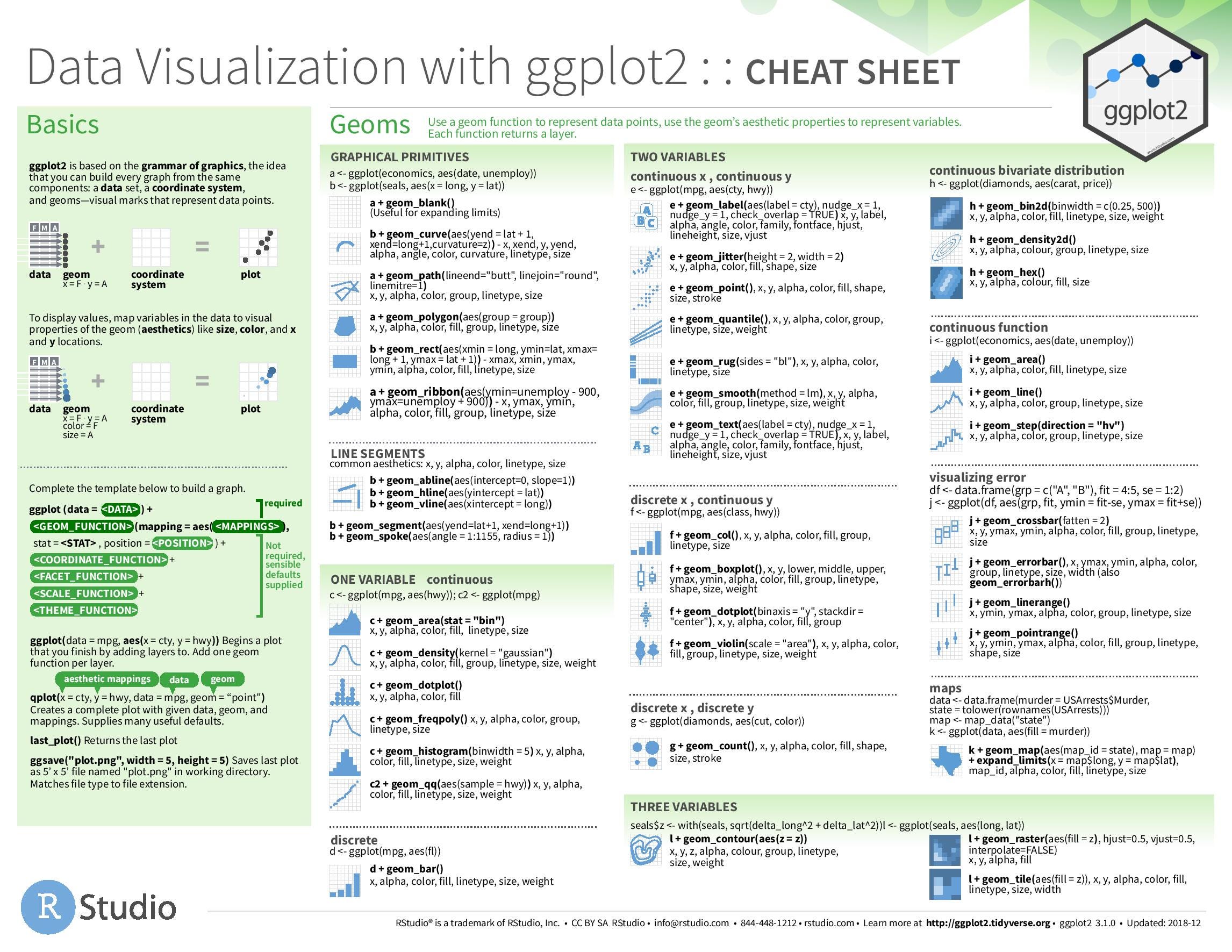- Python Markdown To Pdf Conversion
- Python Markdown To Pdf Converter
- Python Pandoc Markdown To Pdf
- Python Markdown To Pdf
ฉันพยายามดึงข้อมูลจาก PDF ที่มีอยู่บนเว็บไซต์ ตัวอย่างเช่นหากฉันดูรายงานเดือนพฤศจิกายน 2019 https: // ดาวน์โหลด. First, I'd use python-markdown to make HTML out of my Markdown, and then I'd use xhtml2pdf to make a PDF file. Edit (2014): If I were doing this now, I might choose WeasyPrint as my HTML-to-PDF tool; it does a beautiful job, and I've used it on a couple projects recently.
Python-Markdown¶ This is a Python implementation of John Gruber’s Markdown. It is almost completely compliant with the reference implementation, though there are a few very minor differences. See John’s Syntax Documentation for the syntax rules. Get Learning Python PDF by O'Reilly (Latest Edition). Also discover other best free resources to Learn Python and Python Tutorials.
In the previous tutorials we’ve learned about the R Markdown format and how to create a report using R Markdown in RStudio. In this tutorial, we will render or knit an R Markdown document to a web friendly, html format using the Rknitr package. knitr can be used to convert R Markdown files to many different formats including: html, pdf, GitHub markdown (.md) and more.
Learning Objectives
Python Markdown To Pdf Conversion
At the end of this lesson, you will:
- Be able to produce (
knit) anhtmlfile from anR Markdownfile. - Know how to modify chuck options to change what is rendered and not rendered on the output
htmlfile.

What You Need
You will need the most current version of R and, preferably, RStudio loaded on your computer to complete this tutorial. You will also need an R Markdown document that contains a YAML header, code chunks and markdown segments.
Install R Packages
- knitr:
install.packages('knitr') - rmarkdown:
install.packages('rmarkdown')
What is Knitr?
knitr is the R package that we use to convert an R Markdown document into another, more user friendly format like .html or .pdf.
The knitr package allows us to:
- Publish & share preliminary results with collaborators.
- Create professional reports that document our workflow and results directly from our code, reducing the risk of accidental copy and paste or transcription errors.
- Document our workflow to facilitate reproducibility.
- Efficiently change code outputs (figures, files) given changes in the data, methods, etc.
The knitr package was designed to be a transparent engine for dynamic report generation with R – Yihui Xi – knitr package creator
Python Markdown To Pdf Converter
When To Knit: Knitting is a useful exercise throughout your scientific workflow. It allows you to see what your outputs look like and also to test that your code runs without errors. The time required to knit depends on the length and complexity of the script and the size of your data.
How to Knit
To knit in RStudio, click the Knit pull down button. You want to use the Knit HTML option for this lesson.
When you click the Knit HTML button, a window will open in your console titled R Markdown. This pane shows the knitting progress. The output (html in this case) file will automatically be saved in the current working directory. If there is an error in the code, an error message will appear with a line number in the R Console to help you diagnose the problem.
Data tip: You can run knitr from the command prompt using: render(“input.Rmd”, “all”).
View the Output
When knitting is complete, the html file produced will automatically open.
Notice that information from the YAML header (title, author, date) is printed at the top of the HTML document. Then the html shows the text, code, and results of the code that you included in the Rmd document.
Challenge Activity
Add the code below to your .Rmd document. Then knit to .html format.
When you knit your .Rmd file to pdf, the plot you produce should look like the one below. Not so pretty, eh? Don’t worry - we will learn more about plotting in a later tutorial!
Where is the File?
Python Pandoc Markdown To Pdf
In the steps above, we downloaded a file. However, where did that file go on your computer? Let’s find it before we go any further.
Is the boulder-precip.csv file there?
Python Markdown To Pdf
